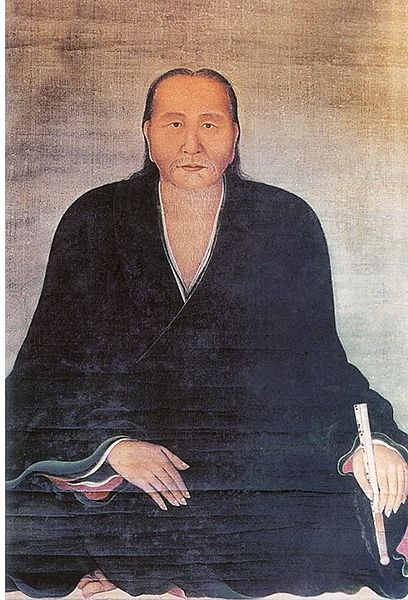The Revival Lê dynasty, also called the Later Lê Restoration in historiography, officially Great Việt, was a Vietnamese dynasty that existed between 1533 and 1789. The Primal Lê dynasty (1428–1527) and the Revival Lê dynasty (1533–1789) collectively formed the Later Lê dynasty.
Đoan Môn, the main gate to the palatial complex of the Revival Lê emperors
Portrait of Nguyễn Quý Đức (1648–1720) wearing áo giao lĩnh.
Woodcut paintings "Thánh Cung vạn tuế" ("Long live his Imperial Majesty") from the 18th-century Nghệ An.
Statue of Avalokiteshvara Bodhisattva, crimson and gilded wood, Revival Lê dynasty, autumn of Bính Thân year (1656), from Bút Tháp Temple in Bắc Ninh Province.
The Lê dynasty, also known in historiography as the Later Lê dynasty, officially Great Việt, was the longest-ruling Vietnamese dynasty, having ruled from 1428 to 1789, with an interregnum between 1527 and 1533. The Lê dynasty is divided into two historical periods: the Initial Lê dynasty before the usurpation by the Mạc dynasty, in which emperors ruled in their own right, and the Revival Lê dynasty, in which emperors were figures reigned under the auspices of the powerful Trịnh family. The Revival Lê dynasty was marked by two lengthy civil wars: the Lê–Mạc War (1533–1592) in which two dynasties battled for legitimacy in northern Vietnam and the Trịnh–Nguyễn Wars between the Trịnh lords in North and the Nguyễn lords of the South.
The first page of Bình Ngô đại cáo (平吳大誥), a proclamation hymn of Vietnamese independence from the Ming dynasty in 1428
The Hall of Long Thiên (previously it was Kính Thiên Palace, 敬天殿) of the Thăng Long Imperial citadel, where Lê Lợi was proclaimed emperor (photographed in 1884 after its 1802 abandonment).
Quế Lâm Ngự Chế, carved texts by Emperor Lê Thái Tông commemorating a campaign against rebels in Sơn La, 1440.
Lương Thế Vinh, Vietnamese scholar and mathematician served in Lê Thánh Tông's government from 1463 to 1478.








